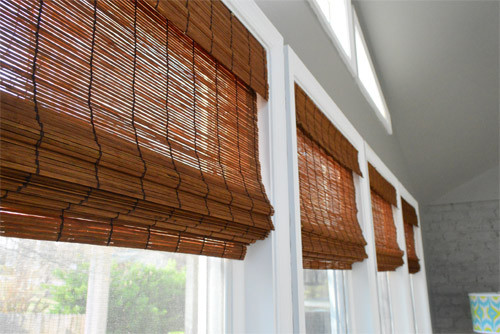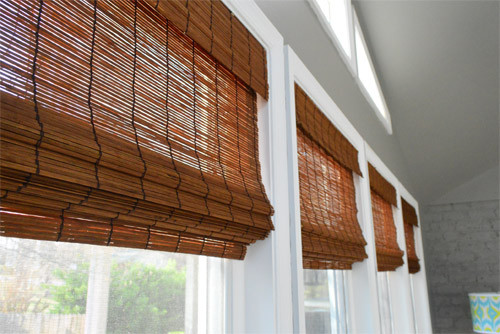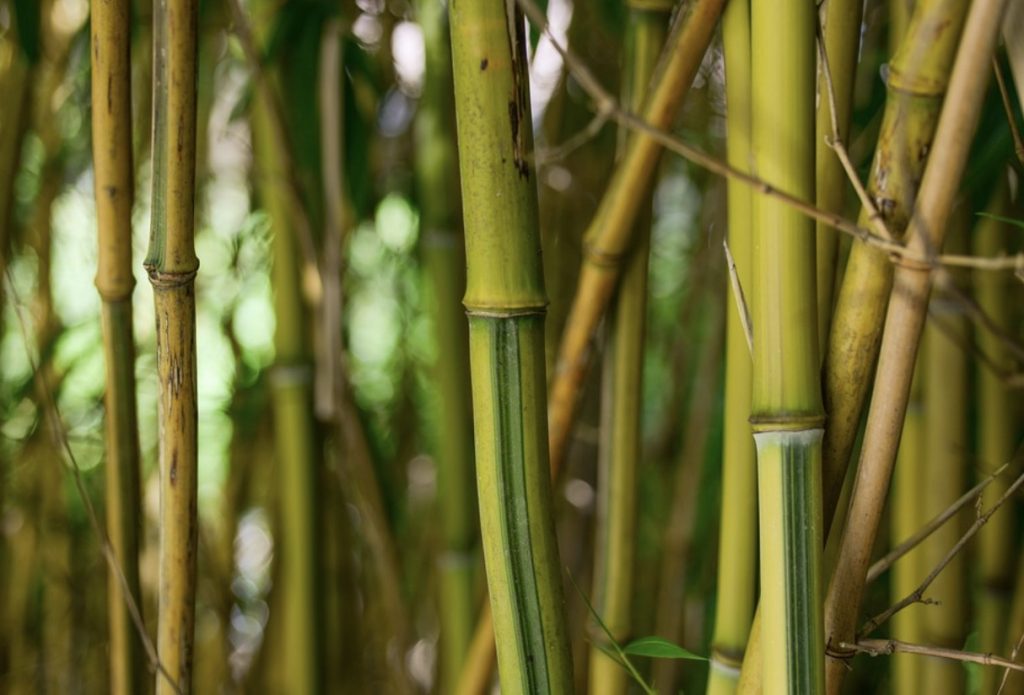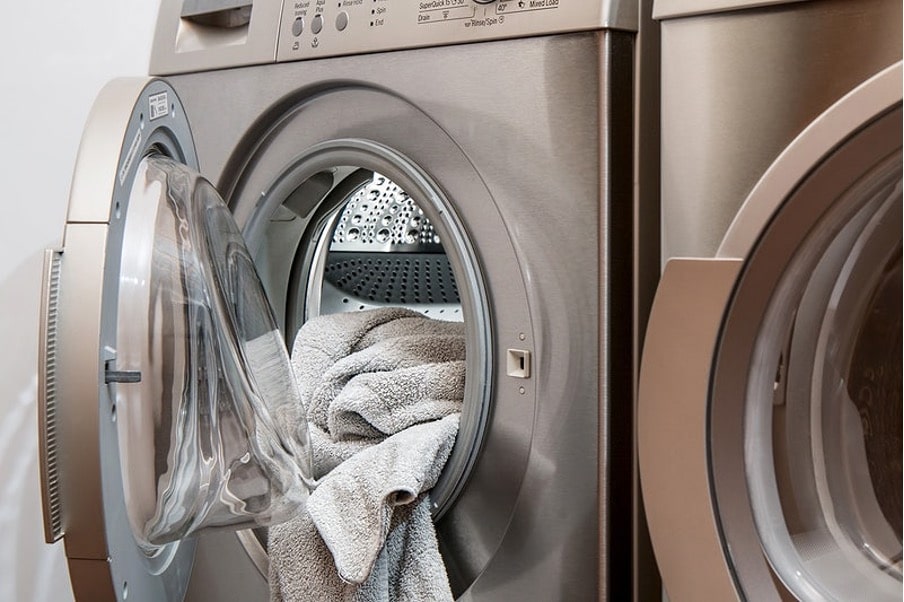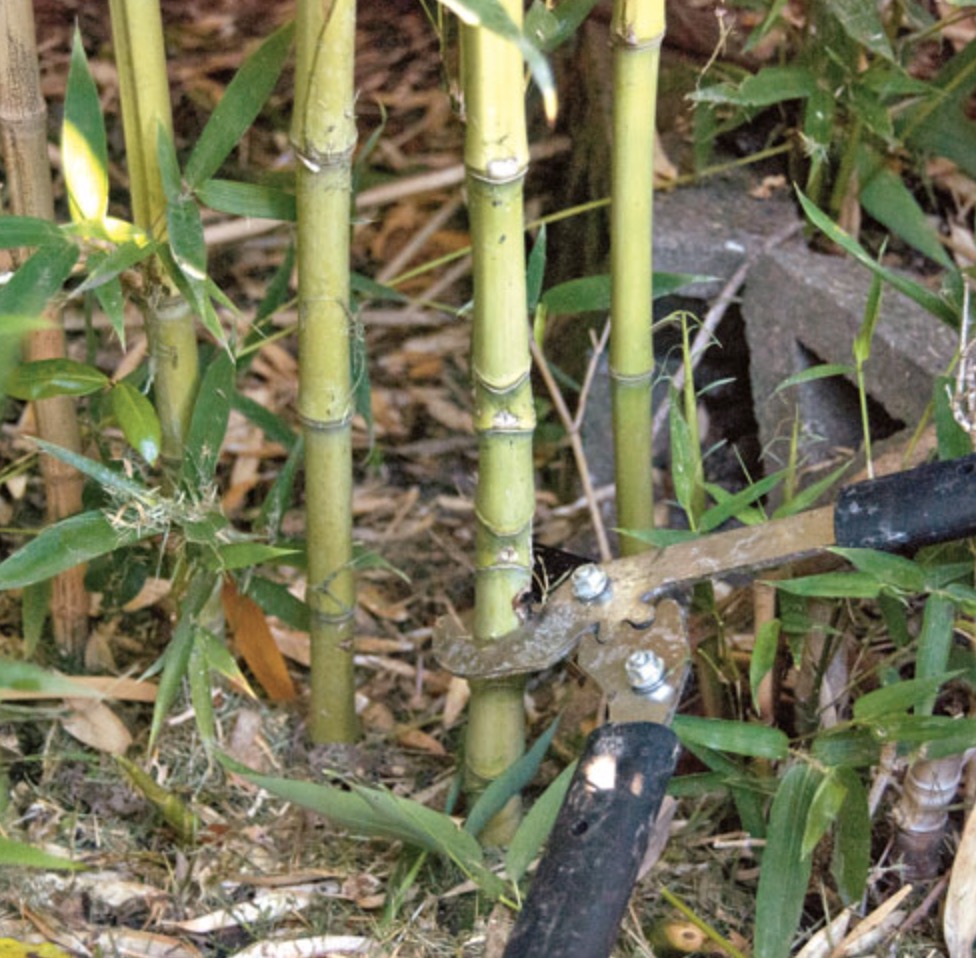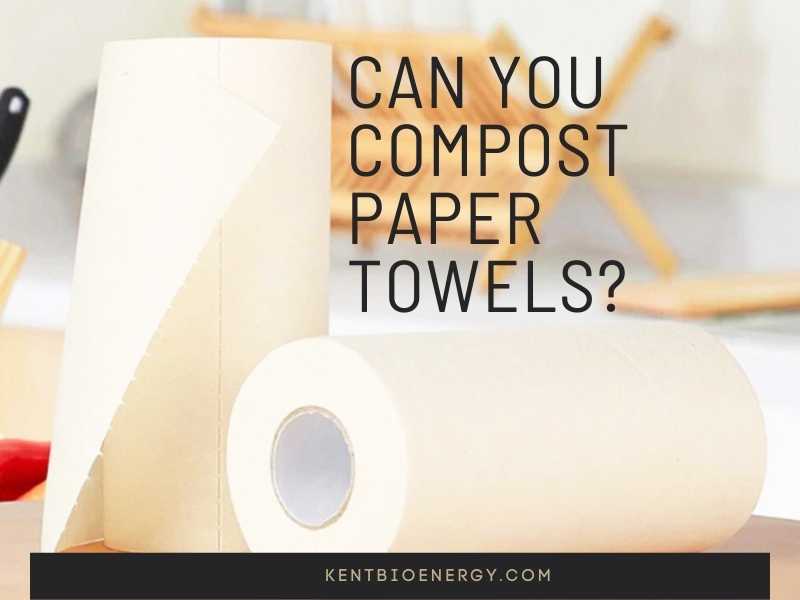The debate of Viscose vs Rayon vs Lyocell vs Modal as to which is the best and most beneficial to the textile industry is a long-winding one. Unless you work in the fabric industry, you will not be able to tell the difference between these natural materials until your money has exchanged hands. Let’s learn the difference between these fabrics in the article below!
All Four of These Fabrics Start Life as Plants
All the material we mention in this article comes from natural sources like tree woods, soybeans, bamboo, or even cotton plants. Mainly, we will be discussing the bamboo-based variety of these fabrics – variants of European viscose and North American rayon for those still confused.

If you want to get more technical, the fabrics can sometimes be called “regenerated cellulosic fibers.” This means the fibers making up the textiles come from cellulose – the building blocks of any plant matter. The confusion between “natural” and “artificial” fabrics will cause some people to put their money where they don’t trust, so here’s how to differentiate between them:
- Natural and artificial textiles are different in their origin and processing method.
- Natural fabrics come from plants and plant-based matter, and artificial ones have inorganic bases.
- A natural textile can become artificial or belong in neither category after undergoing chemical treatment to improve its quality.
No matter what categories Viscose, Rayon, Lyocell, and Modal go into, they share the quality of being sourced from the woods and are quality, durable, and very soft when you proceed with care!
Viscose vs Rayon vs Lyocell vs Modal – Overall
What is Viscose?
The first (and original) material we will discuss is Viscose since it is so popular and versatile in its use. It is made of viscose – an organic liquid that also makes another textile on this list. Viscose is frequently present in the medical field, where it becomes ultra-absorbent beddings and fabric bandages.

To produce Viscose, manufacturers submerge the pulps of wood or cotton linter into caustic soda, so they dissolve and start to age. When they scoop the material out of the soda, it is then processed with carbon disulfide and back to the soda once more to get the end product. What you get out of the entire ordeal is a soft, silky, and incredibly absorbent fabric!
Because of its properties, Viscose is frequently seen in furniture covers, tablecloths, and napkins. It also comes from bamboo – a fast-growing source of material, so you will find that purchasing Viscose will not hurt your wallet as much as buying other textiles with the same quality.
What is Rayon?
Rayon comes from viscose, so it is often considered a “Viscose’s distant sibling.” It is one of the fibers that we consider not natural or artificial due to the involvement of chemicals in its creation.
Rayon is competitively a lot more absorbent than its counterparts on this list, making it one of the easiest fibers out there when it comes to dyeing. The bamboo-based fabric is also quite flexible, giving it great potential in the furnishing industry.

Another factor that allows Rayon to stand out in its use in daily life is how it does not cause allergies and stay fresh for a long time. Those who have used Rayon in their beddings and other furniture covers reflect on it being moisture-wicking, odor-resistant, and soft enough not to irritate the skin. The fabric is so breathable that it physically cannot hold much moisture for more than 10 minutes!
The only disadvantage to using Rayon is that it ages very badly. Once it has reached its expiry date, Rayon will turn yellow and lose its elasticity. To avoid or delay it further down the line, you can choose to purchase Viscose Rayon and Modulus Rayon for higher quality.
What is Lyocell?
Aside from Rayon and Viscose, we also have Lyocell. Its production process is quite different from the parent material, but the general properties of bamboo-based fabric stay the same.

Because of its difference in the manufacturing method, people are favoring it over the other two textiles. Lyocell production generally requires less energy, and the solution involved has a lower degree of toxicity. The material also has the potential to have a closed-loop chain, meaning the waste can also play a part in future productions.
In addition to the optimally waste-free creation, Bamboo Lyocell is also extremely silky, smooth, and soft to the touch. It can also take up a large quantity of liquid due to the natural fiber being very absorbent. So far, Lyocell is the most environmentally friendly textile on this list!
What is Modal?
Modal is a direct descendent of Rayon once we boil it down to its essentials. The only distinction between the two textiles is that Modal’s fiber tends to be stronger in comparison due to the difference in spinning and weaving techniques.

Modal typically comes from the pulp of beechwood trees, but the fabric from bamboo wood has variants. The different chemical processes in its making make Modal possibly the strongest out of everything we have discussed so far. This is the reason behind using Modal in athletic wear that requires elasticity and durability all at once!
What’s The Difference?
The differences between Viscose, Modal, Rayon, and Lyocell are very subtle, especially to untrained hands and eyes. If we source all these fabrics from bamboo pulps and wood, Viscose and Modal become very similar in their chemical process. Modal is practically Rayon without its special treatment making it stronger.
Quality
The fabrics’ strength, durability, and softness also help manufacturers assign different product application roles. Viscose is most well-known for its use in the medical field, as we have spoken of before on its ability to absorb liquid and stay clean. Despite having a similar ability to retain liquid, Modal is most present in sports clothing instead.
Practicality
Both Rayon and Lyocell feature in many furniture covers such as curtains and other household products. However, Lyocell may have an advantage as a bedding fabric since it does not crease and is very cheap and environmentally friendly to produce and use.
Overall, these bamboo-based textiles share the same properties in use: Soft, silky, stretchy, breathy, moisture-wicking, and very absorbent. In their origin, they are very special since bamboo is a near neverending source of raw material. Bamboo is the fastest-growing crop globally – at the rate of 35 inches per hour, and its waste is 100% biodegradable.
The attractiveness of bamboo textiles continues to grow, and it’s a welcoming sign to a new era of environment-conscious production!

Conclusion
That is all we can say about Viscose vs Rayon vs Lyocell vs Modal for now, and that’s all the information you need during your next shopping trip for clothes and beddings! Be sure to pick out the most suitable fabric for you and your family before purchasing, and you are one step closer to becoming more environmentally friendly in your daily life.
Help Us! Share on:


